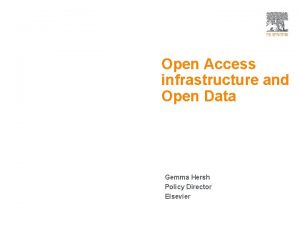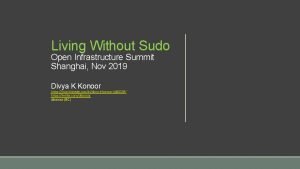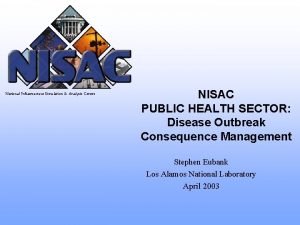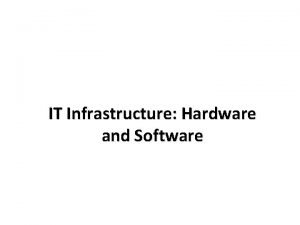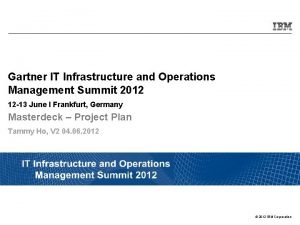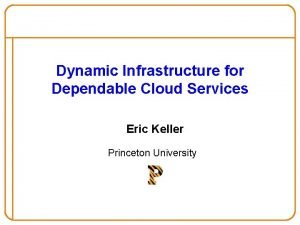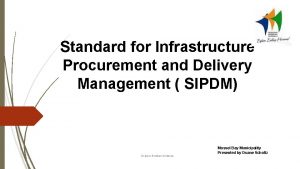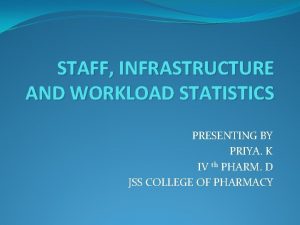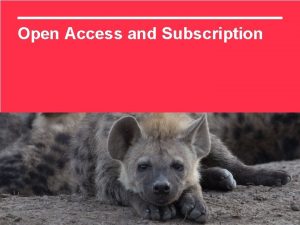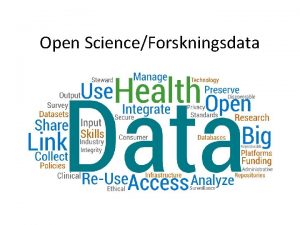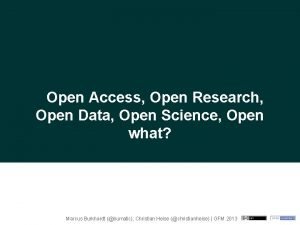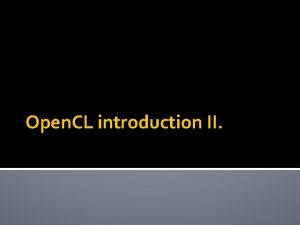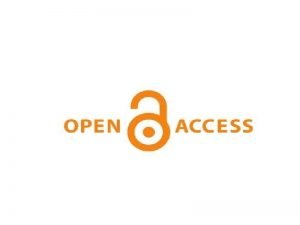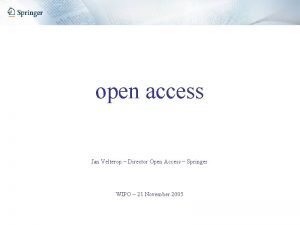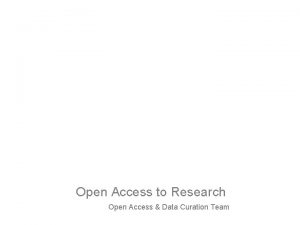Open Access 1 Open Access infrastructure and Open





















- Slides: 21

Open Access | 1 Open Access infrastructure and Open Data Gemma Hersh Policy Director Elsevier

Open Access Introduction: Elsevier, open access and the UK | 2

Open Access | 3 Open Access is progressing well in the UK • 18% of UK articles in 2014 were published via the gold route. This includes articles published in journals operating under the gold APC, gold no APC and hybrid models. • CAGR of UK gold OA articles between 2012 -2014 was 24%, relative to a global CAGR of 17% over the same period. • 19% of articles in the UK are posted either as preprints, accepted author manuscripts or final published articles. • 94% of institutions exceeded the 45% open access target set by RCUK for the first year of implementation. • 75% of journals UK authors publish in offer an OA option. • Publishers have also reduced their embargo periods in support of UK government policy. 96% of journals have an embargo period of 24 months or less, and 64% of journals have an embargo period of 12 months or less. • Publisher representation in UUK OA Monitoring Group and PA engagement with JISC and others to discuss shared challenges. Sources: UUK OA Monitoring Report, RCUK Independent Review

Open Access | 4 Elsevier and open access • • • Actively engage • Support both gold and green OA Test and learn • Developing systems and technology to implement OA • Working with funders, institutions and authors Offer choice • Respect the academic freedom of authors • Offer various ways for authors to comply with funder and institutional policies • Maintain focus on quality Gold open access • Launching new open access journals and all established journal offer an OA option • Choice of either a commercial (CC BY) or non-commercial (CC-BY-NC-ND) user license. • Article publishing charges (APCs) range from $500 - $5000 (US Dollars) 450+ Open access journals 1600+ Hybrid journals All journals Offer green OA options Green open access • All journals offer authors an option to self archive • Share link service provides 50 days free access to recently published research • Pilot partner in the CHORUS initiative • Open archives in 103 journals, including all Cell Press titles after 12 months.

Open Access | 5 Mean APCs increases in line with FWCI for journals, 2014 Industry Figures Source: UUK OA Monitoring Report

Open Access CONFIDENTIAL APC price US Dollar APC pricing Average APC for OA journals by publisher $5, 000 $4, 500 $4, 000 $3, 500 $3, 000 $2, 500 $2, 000 $1, 500 $1, 000 $500 $0 Open access journals APC pricing 0 APC Price US Dollar | 6 $5, 000 $4, 500 $4, 000 $3, 500 $3, 000 $2, 500 $2, 000 $1, 500 $1, 000 $500 $0 50 100 150 200 No. of OA journals per publisher • Average APC by journals is £ 748; for Elsevier it is slightly higher at £ 944 • Elsevier’s prices range from £ 300 - £ 3000 which increases the average APC. 250 Average APC for hybrid per publisher Hybrid journal APC pricing 0 500 1000 1500 2000 No. of OA journals per publisher 2500 • Average APC by journal is £ 1, 602; for Elsevier it is slightly lower at £ 1, 495. • Elsevier has broader distribution of prices which are tailored to specific communities.

Open Access Elsevier maintains its quality across its broad hybrid/gold journal portfolio, while keeping APCs close to the market average world baseline B A C D B Solid bubbles represent Hybrid journal portfolios Pattern bubbles represent 100% Gold journal portfolios Bubble size represent number of titles D | 7

Open Access Elsevier’s sharing guidelines Researchers can share at each stage of the publication process: | 8

Open Access OA infrastructure: Institutional Repository services • • • Cost effective Maximizing research impact for articles Delivering the best available Displaying the article in context Assuring the reliability and trustworthiness of content | 9

Open Access API services: Metadata feed Identify and retrieve metadata and abstracts from authors affiliated with your institution, which will soon include embargo dates via SD Search API Benefits for the Institution How the API services support this • Accurate reporting: can reports on all articles published by affiliated authors & display article information & abstract. Automated periodic searches and downloads of structured metadata (including abstracts & DOI’s) for articles your authors published with Elsevier. • Compliance: can ensure compliance with Elsevier policy for Green OA minimal hassle Responses of the Science. Direct search API include the embargo end date, the date by which an AM may be made publically available. | 10

Open Access API Services: Sharing entitlements Ensuring users access the best available version of the article via the Science. Direct Article Entitlement API Benefits for the Institution • Increase repository user satisfaction by ensuring users access the best available version (if possible the version of record). • Support libraries to maximize the value of journal subscriptions to their patrons. • Ensure readership statistics are captured and made available to authors*. How the API services support this 1. Check if the user has access to the article on Science. Direct based on their IP. 2. Use the outcome to determine which links to show to the user: to the Science. Direct article, and/or to a locally hosted Accepted Manuscript (green OA version). * Elsevier also participates in an industry initiative that is investigating an infrastructure for the exchange of usage data from sharing platforms to publishers that can be easily adopted by institutional repositories | 11

Open Access | 12 API Services: Embed functionality Embed PDF’s of final articles on your repository via Science. Direct Article Retrieval API (optional) Benefits for the Institution • Keep users on your repository website and increase the amount of content they will discover on your repository. • Immediately show the best available version; the final Published Journal Article to all entitled users, and the first page preview for everyone, even when there is no version available in the IR itself. This includes articles in press - where available. How the API services support this • Provide links to our Article Retrieval API, that will render the final Published Journal Article as if it was available on your repository. • Any user that is entitled based on IP address (not only those affiliated with the IR’s University) can view the final Published Journal Article on your repository. Non-entitled users will see a first page preview.

Open Access Publishers and open data | 13

Open Access | 14 Research Data Policy Elsevier will: • Encourage and support researchers and research institutions to share data where appropriate and at the earliest opportunity. • Provide guidance to authors regarding the deposit and sharing of data. • Encourage and enable two-way linking of relevant datasets and publications using permanent standard identifiers. • Encourage and support proper data citation practices so that researchers can be cited and credited for their work. • Work closely with the scientific community to establish data review practices to ensure that published research data is valid, properly documented and can be reused. • Develop tools and services to support researchers to discover, use and reuse data to further their research. “Raw research data should be made freely available to all researchers wherever possible” – STM Brussels Declaration 2007

Open Access | 15 Open data refers to making research data freely available for others to reuse. It is a necessary (but not sufficient) requirement for highly effective data

Open Access Open Data Pilot This supplementary data set is publicly available as Open Data (CC BY) on Science. Direct Article: http: //www. sciencedirect. com/science/article/pii/S 0926860 X 14003688 | 16

Open Access Data-linking program • Elsevier has an extensive program with 60+ leading domain-specific data repositories to interlink articles and data • Makes it easier to find relevant data and place data into the right context • Linking through in-article accession numbers, data DOI’s, or data banners Linking through in-article data accession numbers Database banners shown next to the article on Science. Direct See http: //www. elsevier. com/databaselinking | 17

Open Access Research Data Working Groups and Industry Standards • Joint Declaration of Data Citation Principles: bestpractices to cite data in articles for better linking and credit • Research Data Alliance & ICSU World Data System: Tackling a broad range of interconnected issues around Data Publication (workflows, bibliometrics, cost recovery, services) | 18

Open Access Thank you! | 19

Open Access APPENDIX | 20

Open Access | 21 Total article growth by journal business model In 2014 there were 2. 1 million subscription and 418, 000 open access articles published worldwide. Subscription content • Continues to grow year on year at 1 -4% • 83% share of total articles in 2014 Open access content • Growing at 12 -24% per year • Fully-paid-for open access articles is 12% share of total content in 2014 • All open access, including subsidized articles, is 17% share of total content. Elsevier perspective • In 2014, Elsevier published almost 400, 000 articles • Includes 6, 000 open access articles in gold only journals Source: Elsevier internal Open Access market tracking
 Open access infrastructure
Open access infrastructure Open infrastructure summit 2019
Open infrastructure summit 2019 Open grid computing
Open grid computing Open grid service infrastructure
Open grid service infrastructure Berkeley open infrastructure for network computing
Berkeley open infrastructure for network computing 영국 beis
영국 beis Terminal access controller access control system plus
Terminal access controller access control system plus Terminal access controller access-control system
Terminal access controller access-control system Ways to improve urban infrastructure
Ways to improve urban infrastructure Buffel infeed substation
Buffel infeed substation Azure_rm_virtualmachine
Azure_rm_virtualmachine National infrastructure simulation and analysis center
National infrastructure simulation and analysis center Mcse private cloud and server infrastructure
Mcse private cloud and server infrastructure Masters in infrastructure planning and management
Masters in infrastructure planning and management It infrastructure objectives
It infrastructure objectives Infrastructure summit gartner
Infrastructure summit gartner Cloud and dynamic infrastructure
Cloud and dynamic infrastructure Emerging technology chapter 5
Emerging technology chapter 5 Sipdm
Sipdm Location layout and infrastructure of hospital pharmacy
Location layout and infrastructure of hospital pharmacy It infrastructure and emerging technologies
It infrastructure and emerging technologies Hardware software infrastructure
Hardware software infrastructure
